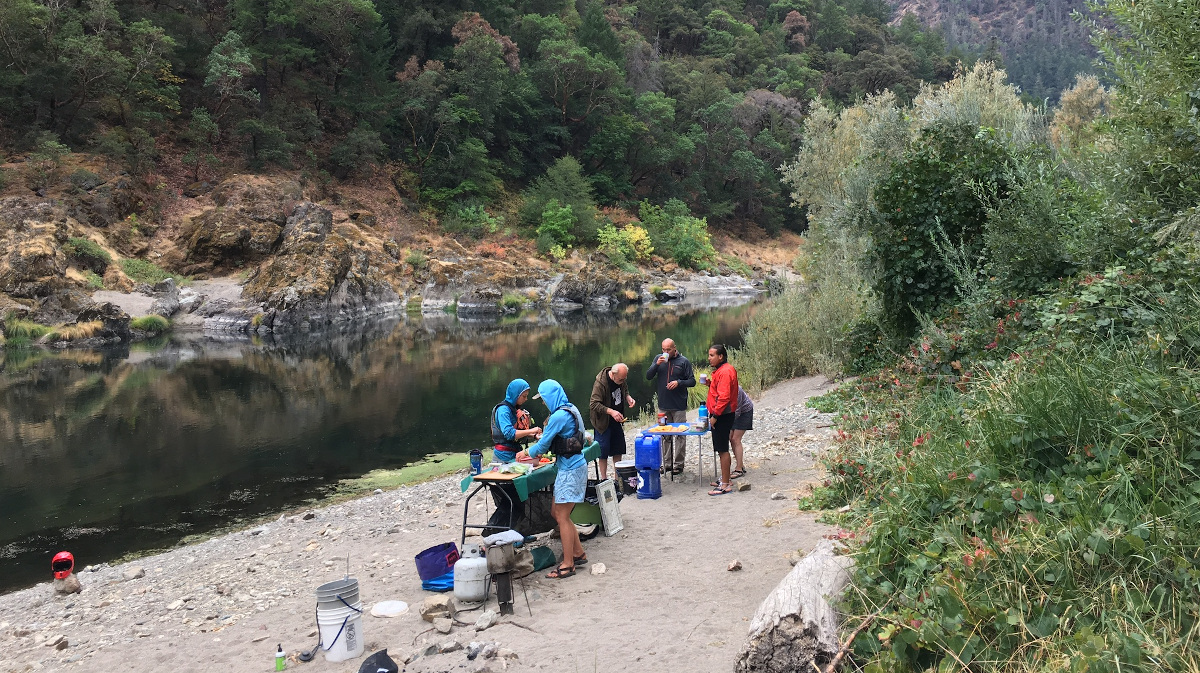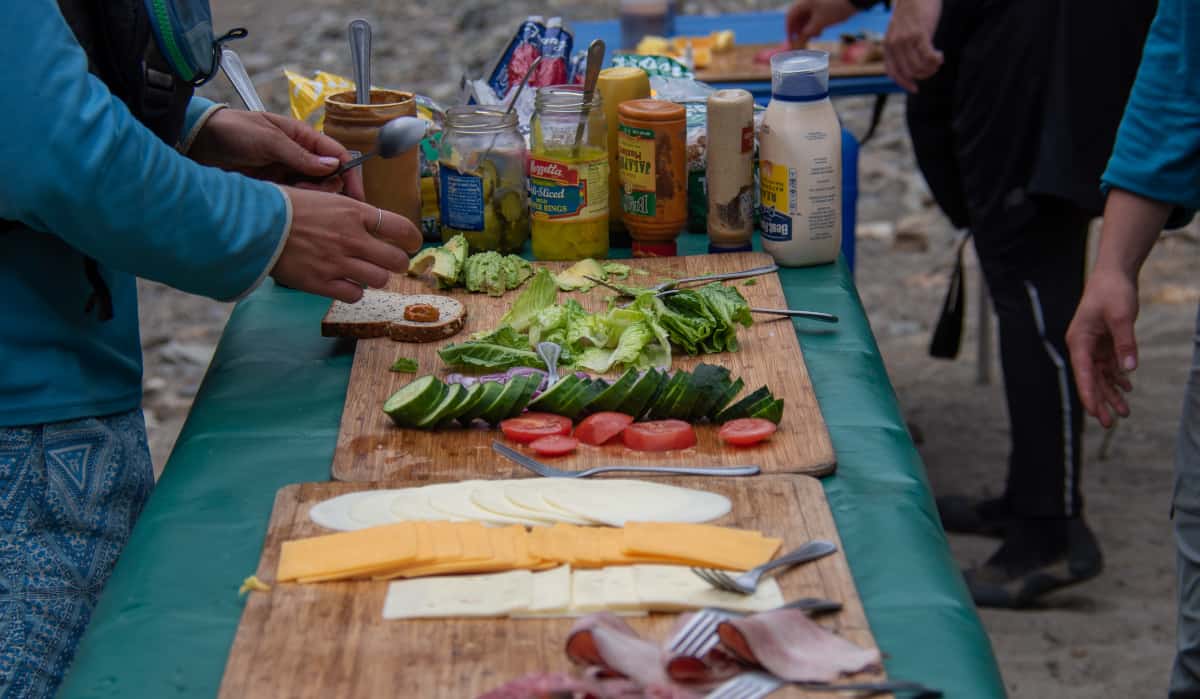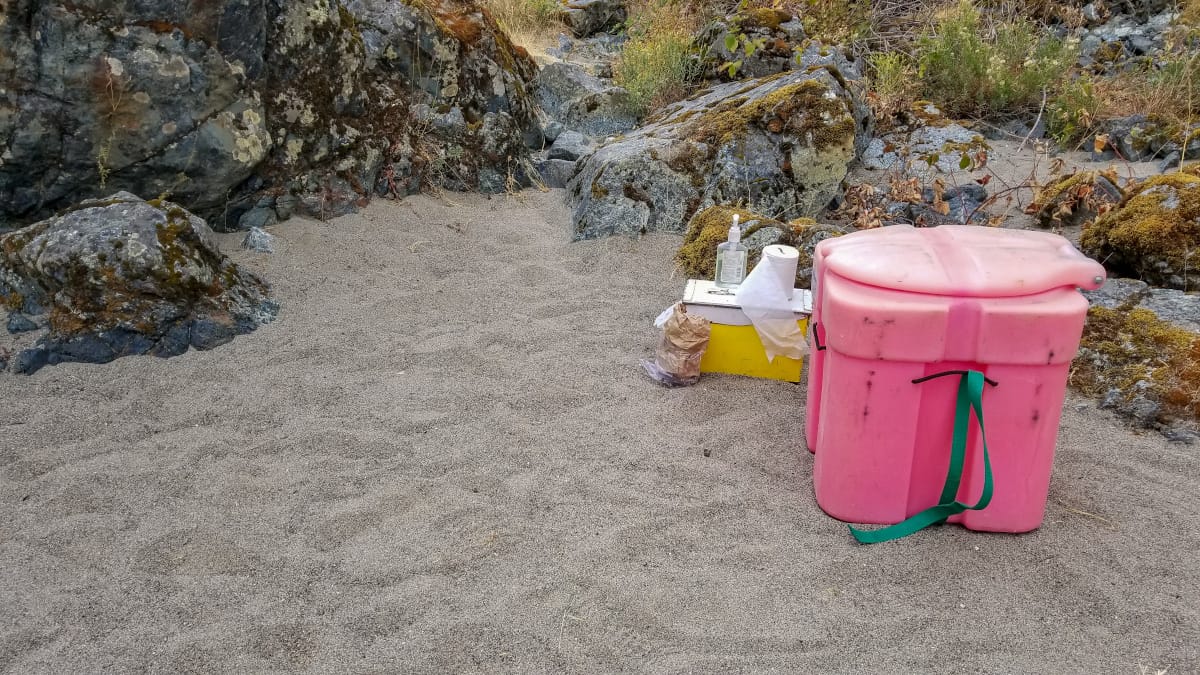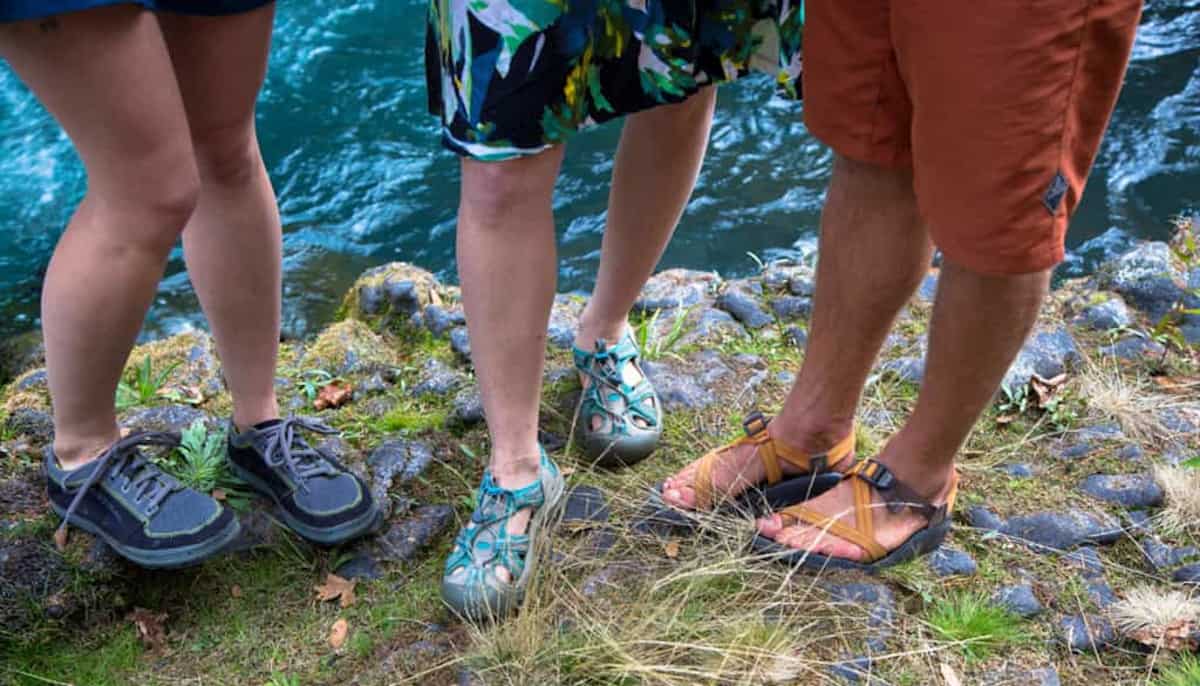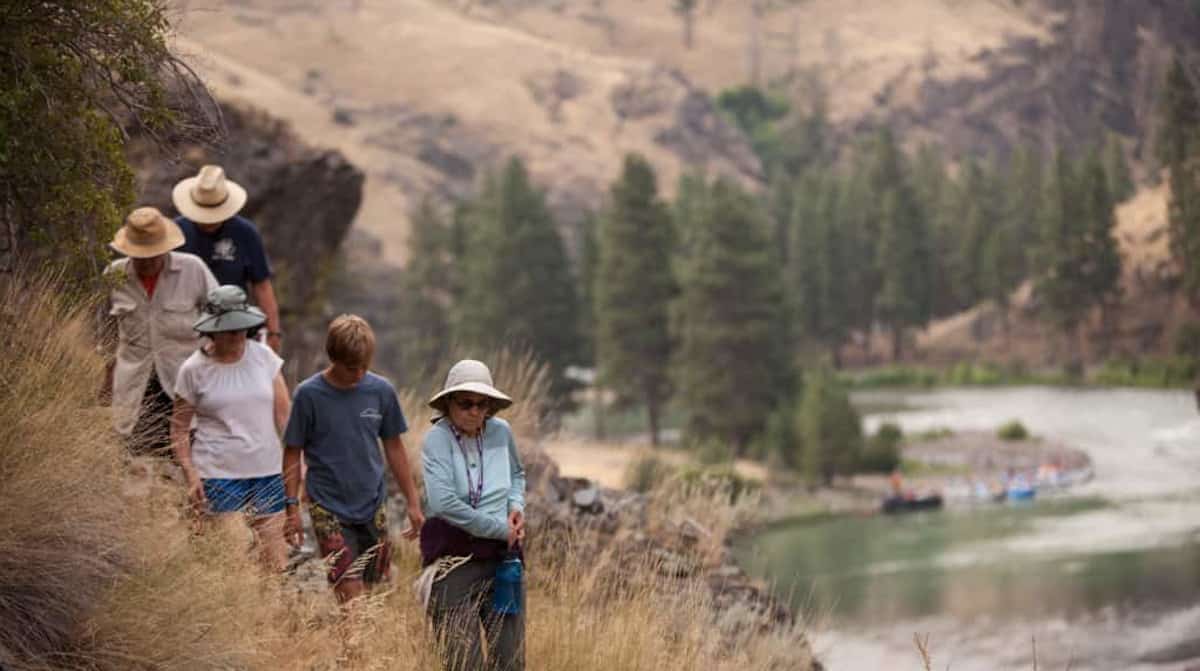Multi-Day Rafting Trip Sanitation Strategies
River life is quite different from the 9-5 city workday style, but good sanitation practices do not change between the two. No one wants to remember the trip as “that one with the stomach bug”. Hands are still washed, dishes are still cleaned, the toilet setup is still maintained, and you can still take a bath. People employ various systems for each of these areas on trips, here are a few of the best multi-day rafting sanitation strategies for staying healthy.
Hand Washing
Just as your mom made you wash your hands before dinner, so do river families. The cornerstone of multi day sanitation, hand washing is the first step to the rest. When out all day exploring, hiking, scrambling, or boating you immerse yourself in your environment. While usually a great approach, helping the external environment remain out of the kitchen keeps everyone healthy. Wash your hands before touching food, after using the toilet, after sneezing or coughing, and whenever you feel like it. Depending on the river, take some soap down to the water for a quick scrub, or wash your hands into a bucket and distribute it above the high water line.
To make things even easier, you can create a foot-powered pump that allows you to wash your hands directly into a bucket right next to camp.
Dish Sanitation
Unfortunately just like in normal life, the dishes are inescapable. Luckily, on multi day trips you can now do them with your friends. In the backcountry, clean dishes mean clean kitchen boxes which means a critter-free camp.There are a few different systems out there, but the most sanitary method to clean plates is to imitate the commercial kitchen setup. It uses four buckets, dish gloves, and a trash receptacle:
Start by scraping any visible leftovers into the trash.
- Warm Soapy “Yuck” Bucket - Use this bucket to remove the first layer of food particles.
- Hot Soapy Bucket - Wash your dish thoroughly with soap and hot water.
- Hot Rinse Bucket - Remove soap suds and quality control the dish before the bleach bucket.
- Cold Bleach Bucket - Use 1-2 tablespoons bleach per 1 gallon water. Let the dishes soak for at least 1 minute before removing them to air dry.
There is a little pre-planning to this method because at least two of these buckets need to be hot. Place them on the stove or blaster for a few minutes before bringing them to the dish table. In this case dish gloves are not only to protect your hands from bleach, but also from the hot water. Especially if your raft mate forgot to take that boiling hot bucket off the stove in time. While the previous three buckets can use river water (depending on the river), the last bleach bucket should use fresh water if possible so the bleach is completely active.
A quick note on bleach. The bleach solutions I referred to above are diluted using an original bleach concentration of 6% (makes a 200-400 ppm solution). Its effectiveness degrades over time especially when exposed to the sun. Solutions are most effective within 24 hours and much less effective if the bleach is over a year old. In general, the stronger the smell, the more active the bleach solution. This means that the bleach is doing a great job breaking apart cell walls and tearing up proteins, both good and bad.
The Toilet
As part of the 7 Leave No Trace principles in the outdoors, we must properly dispose of our waste. While on the river, we call our toilet a “Groover”. At the expense of repeating myself, the key to proper use and respecting others on your trip is hand washing. Wash your hands after you use the groover, and sometimes before as well. We use a paper bag for additional trash, which is pre-stuffed inside a plastic bag to keep it waterproof. This is then thrown in the group trash when we take it down for the day. Finally, if you use a paddle or some piece of river gear as an occupied marker, make sure to sanitize it every day. Or even better, move it around with your foot.
Personal Hygiene
Feeling fresh is still possible on the river. In fact, I wear at least two different outfits a day. I always have a set of river clothes that I can get dirty and then a completely different set of camp clothes that stay dry. For me, this new getup includes a second pair of shoes. After spending a whole day with wet feet, it pays to give them some special attention. After taking a river bath (using biodegradable soap), dry them out completely and put on lotion.
If you do feel sick, cover your coughs and sneezes to prevent spreading it to others. It may sound simple, but to avoid other river injuries stay aware of your surroundings. We are in a new and uneven environment, taking just a little extra time to move around and scout your path will pay off.
Being personally comfortable will lead to a more enjoyable day. The same rules still apply, the methods might just be a little different. If you do a little everyday to keep yourself clean and whole, poor hygiene will not catch up with you on long river trips.
